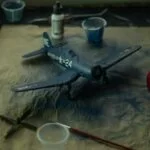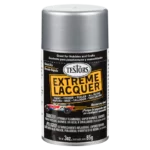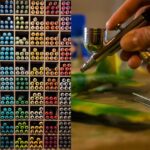Waxing model cars tips and tricks
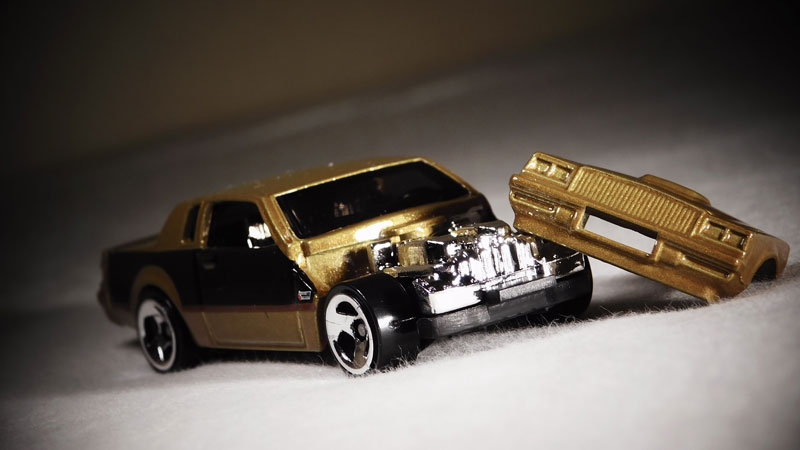
Waxing is used on scale model cars to give them a clean and shiny finish. It also helps you seal scratched surfaces and pores against dirt, water vapor, and rust so that your model car lasts for long.
If you are looking to achieve that high-gloss showroom shine on your model car, this guide will show you how.
Read on to find out how to get your model car gleaming with a durable protective finish.
What is the right way to apply wax on a model car?
You could wither wax your model car using spray wax, liquid and paste application, or with an orbital polisher. But before we discuss this, here’s a step-by-step process on how to wax your model car.
- Step 1: Prepare your model car.
To prepare your car, all you need to do is wash it with water and mild soap. This way, you easily remove dirt particles that diminish the smoothness, make excess wax form and cause it to stick on the car, which will make it hard to remove the wax later if you make mistakes.
- Step 2: Use polishing agents
You want smooth results after waxing your car.
So, you need to polish them using rubbing compounds. These compounds help you remove scratches to get a smooth and even effect. Use a damp microfiber cloth to rub the polish.
- Step 3: Prepare for waxing.
Get your preferred brand of wax and read the instructions on its packaging to know if there are any special measures you need to take before applying it.
- Step 4: Apply the wax
Put a thumb-sized wax on your waxing pad and apply it to the car’s surface in a circular motion.
Make sure to apply only a thin layer of wax at a time. Then, use a buffer to get a more even finish.
- Step 5: Allow it dry.
After applying the wax, let it dry as stated on the packaging.
Then, use a microfiber cloth to wipe. Rub all over the waxed surface in a circular motion. If the clothe drags, it means you applied too much wax. So, get another clean cloth to wipe excess wax build-up.
Now that you know how to wax your model car, it’s time to know the right way to apply wax to model cars. Here’s how:
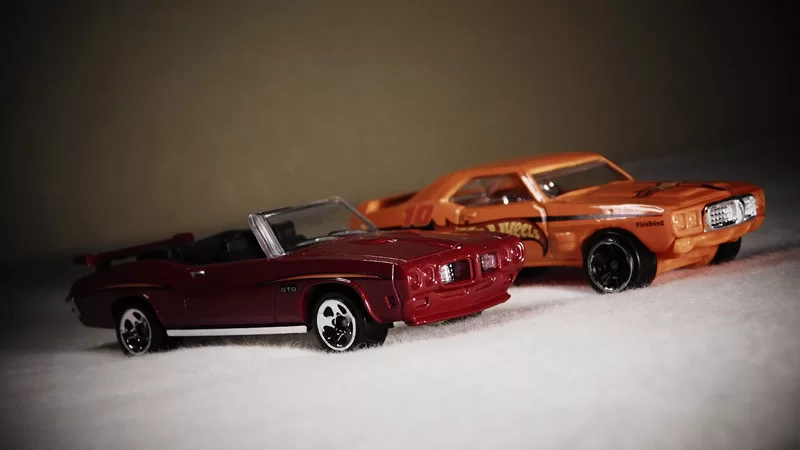

The Spray Wax Application Method
- Spray the wax directly on the car surface
- Use one side of a damp microfiber towel to rub in the wax.
- Buff out almost dried wax
- Clean again with the microfiber towel
- Repeat the process if needed.
Waxing Liquid and Paste – Hand Application
Unlike the spray application technique, this process takes longer.
- Apply small amounts of wax on a dampened special foam applicator pad and rub on the model car.
- Use the foam polishing pad to buff using circular motions.
- Reapply wax if necessary
- Thoroughly wipe the buff surface with a clean, soft microfibre towel.
- Ensure you check holes and gaps from all angles to ensure you have removed all the wax.
Waxing a model car Using an Orbital Polisher
- Apply the wax using the orbital polisher placed over the buffer pad.
- Rub the wax on the vehicle in a circular motion. But make sure not to switch on the polishing machine.
- Switch on the machine. Allow it to glide across the car surface while applying minimal pressure.
- When you finish covering the car in wax, let it completely haze.
Don’t let the wax get dry.
Another thing you need to know when waxing your model car is to ensure the wax does not dry up. The simple question here will be, “how long should you leave the wax on your car before wiping it off.”
There is no set time to leave wax before wiping it off. How long you leave it on the car’s surface depends on the environment. However, as soon as you see the wax haze, buff it out. Allowing the wax dry on your car surface makes it harder to wipe off.
Should you apply wax before assembly?
If you plan on waxing your model car, it must be the last thing you do to the body before assembling it. This way, nothing will stick on the surface when you assemble your model car.
Applying wax on your model car before assembling makes it easier to reach the inner sides of the car.
you should wax your model car
Waxing your model car can be a satisfying technique for you. When you wax your model car, it gives the car a stunning shine and helps protect its paintwork. However, ensure that before you wax, the paint is fully cured. Otherwise, you may remove the paint.
Why should you use wax on model cars?
There are several reasons why you should wax your model. But, the most essential reason is that it acts as a barrier between your vehicle’s paint or clear coat surface and several contaminants that attack the car’s surface, including UV rays and other debris. Applying wax on your model car also enhances its glossy finish, transforming your dull, tired paintwork into a mirror-like professional finish.
Other reasons why you should wax your model cars include:
- It protects the fresh coat.
- It acts as a protective layer to keep your car looking glossy and new, whatever the vehicle’s age.
- It cuts down your polishing frequency


What wax can you use for model cars?
Model car wax varies. However, the most common waxing agent used for model cars include sprays, liquids, and paste wax.
- Spray wax: They are faster to use because you spray them directly on the car’s surface. However, you need to shake them before use so they can blend nicely.
- Paste wax: They are often thick and are harder to apply. However, it lasts longer than other wax.
- Liquid wax: Comes in a liquid form, unlike the paste. They are not too difficult or simple to apply. Just shake it before use, so that the solvents mix properly.
Regardless, the best wax for your model car would be the Treatment Model Wax Kit. This wax comes in a set and works well on all painted and unfinished model car surfaces. With the Treatment Model Wax Kit, you can easily remove scratch marks and eliminates smears, dust, and fingerprints while adding a protective shine that shields the clear and painted surfaces of your model car.
automotive wax is ideal for model cars
Automotive wax comes in two forms; natural and synthetic wax. While the former is formulated with natural materials such as oil, wax, and solvents (ethanol, petroleum, crude oil, mineral spirits, and more), the latter uses synthetic products.
Nevertheless, automotive wax, whether synthetic or natural is an ideal choice for model cars since they also offer incredible shine with adequate protection for your model’s surface.
using Turtle Wax good for model cars
If you own plastic model cars, the Turtle Wax, especially the Turtle Wax Inside and Out Protectant, will be an ideal go-to waxing product for your model car.
Turtle car wax helps keep your model’s exterior and paint job in good condition longer than many scale model and automotive car wax.
Is there any wax that you SHOULDN’T use on model cars?
All wax will work well on your model car. However, you should select one for the type of paint you have. If you use one that does not match the paint, it may soften and ruin the finish over time.
waxing model cars can also remove scratches
Waxing your model car will remove the scratch marks left after polishing the car’s surface. However, ensure that the wax you use is pure without any polishing compounds. Pure wax helps you fill those minute scratches and raise the gloss of your model car to a higher level.
For how long will wax on a model car last?
Today, you will find many different model car waxes in the market, all offering slightly different durability.
Spray waxes are less durable than paste and liquid waxes, and last only two to three weeks.
On the other hand, liquid wax lasts up to three months. Synthetic-based wax lasts up to a year, but the natural ones generally do not last as long as this. Regardless, an average wax will last around 3 months, even longer if applied well.
Conclusion
Wax is a coat that leaves a highly reflective surface on your model. But to achieve this, you need to get a wax-free polishing agents. If you’re getting ready for your next big project, hopefully this wax model car’s tips and tricks will help you achieve that fine shine you desire.


